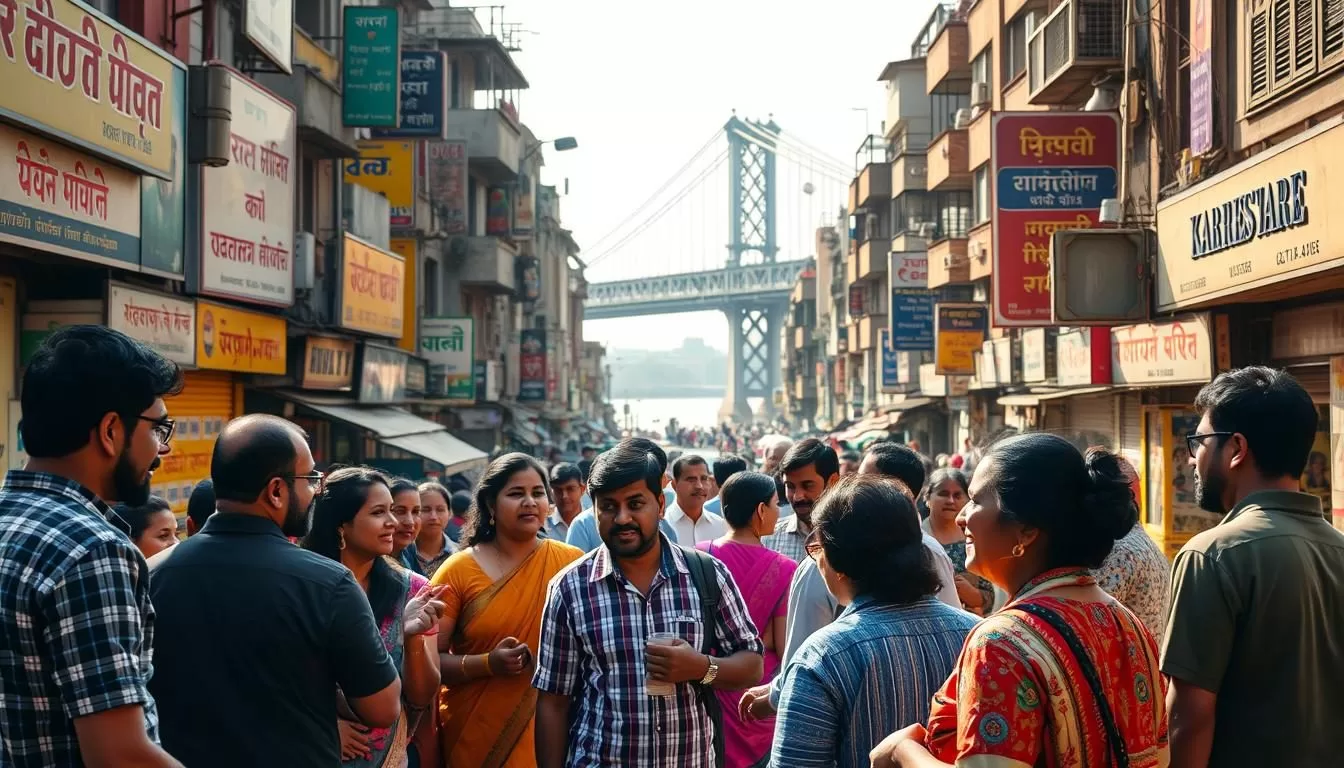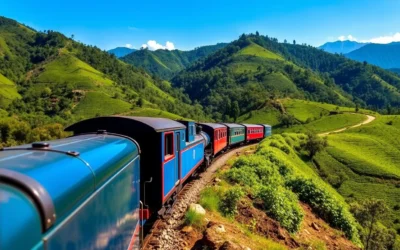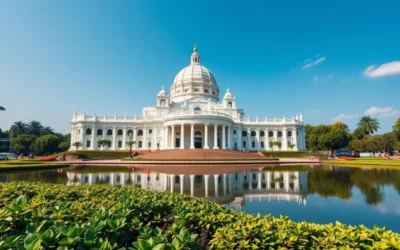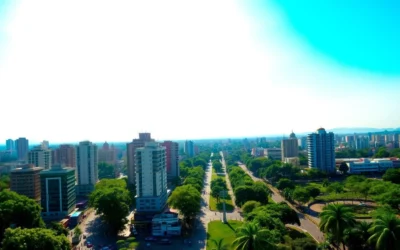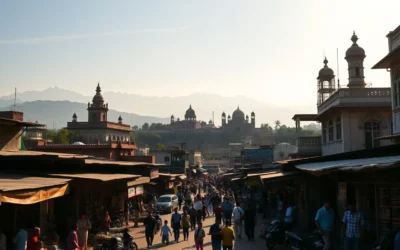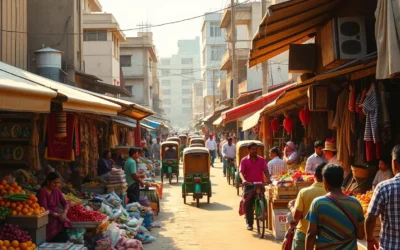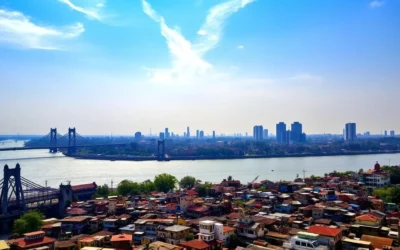✓ Accommodations✓ Flights✓ Rental Cars
You’re about to explore the vibrant cultural landscape of West Bengal, a state in eastern India known for its diverse linguistic heritage. With Bengali as its official language, the state boasts a rich tapestry of languages that shape the daily lives of its people.
As you delve into the world of languages spoken in this region, you’ll discover that Bengali is the mother tongue of a vast majority, with over 97% of the population speaking it as their primary language. With more than 210 million speakers worldwide, Bengali ranks as the seventh most spoken native language globally.
This article will take you on a journey to understand the historical context and cultural significance of language in West Bengal, and how it continues to evolve with modern influences.
The Linguistic Landscape of West Bengal
The state of West Bengal is home to a complex linguistic tapestry, woven with threads of history, culture, and geography. You are about to explore how various factors have shaped the language and languages spoken in this vibrant state.
Cultural and Historical Context
West Bengal’s geographical position has significantly influenced its linguistic development. The region’s history, marked by the Mughal Empire, British colonization, and the Partition of Bengal, has left a lasting impact on the languages spoken here. You will find that the cultural context of West Bengal’s language reveals deep connections to literature, arts, and religious traditions.
Language Demographics
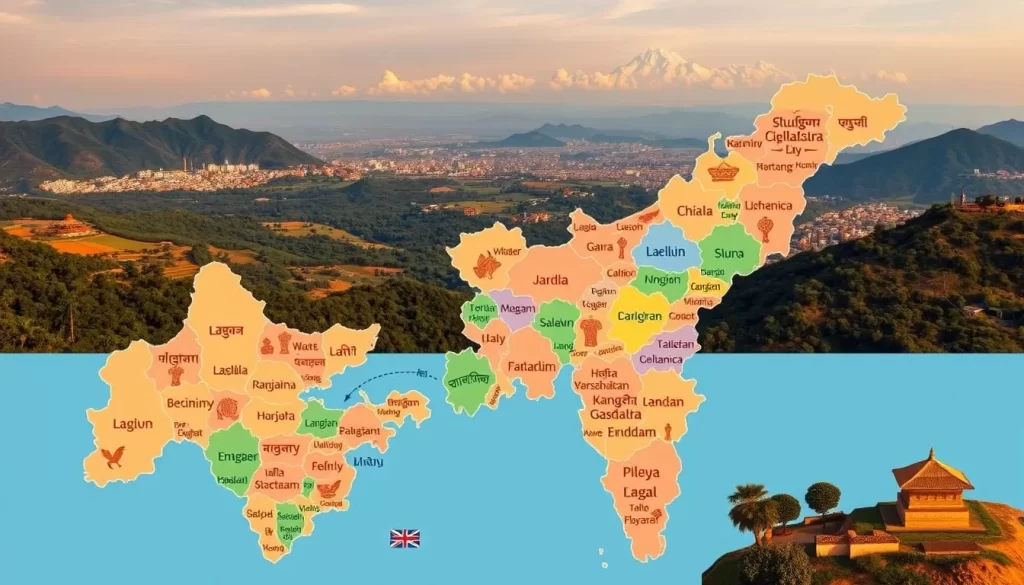 language in West Bengal, spoken by over 83% of the people. In urban centers like Kolkata, you will also hear Hindi and English being used. The spoken language varies across different regions, reflecting the world of linguistic diversity that exists within the state.
language in West Bengal, spoken by over 83% of the people. In urban centers like Kolkata, you will also hear Hindi and English being used. The spoken language varies across different regions, reflecting the world of linguistic diversity that exists within the state.
Bengali: The Official Language of West Bengal
As you explore the linguistic landscape of West Bengal, you’ll discover that Bengali is not just a language, but a cornerstone of the region’s identity. With a rich history and cultural significance, Bengali is spoken by millions of people.
Origins and Development
The Bengali language has its roots in Magadhi Prakrit, Pali, and Sanskrit. Over time, it has evolved and been enriched by borrowing words from various languages such as Persian, Hindi, Urdu, and English. This blend of linguistic influences has contributed to the unique character of Bengali.
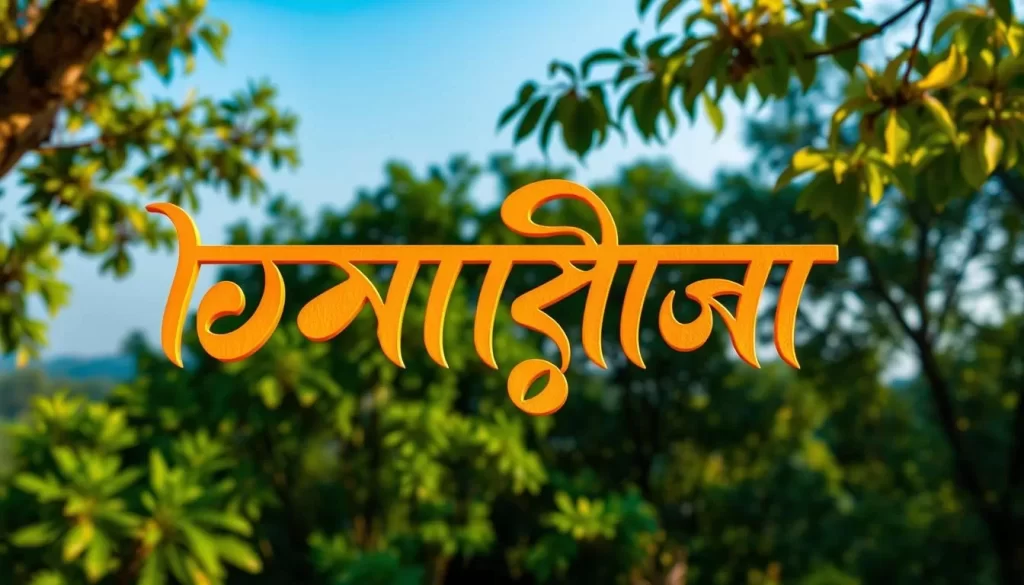
Literary Significance and Cultural Impact
Bengali literature has a glorious past, with its origins dating back to the tenth century. The works of Nobel laureate Rabindranath Tagore and other renowned writers have elevated the language’s global standing. Bengali cinema, music, and theater have also played crucial roles in popularizing the language and preserving cultural traditions.
Dialects and Regional Variations
Bengali exhibits diglossia between the written and spoken forms of the language. Dialectal differences manifest in three forms: standardized dialect vs. regional dialect, literary language vs. colloquial language, and lexical variations. The Nadia standard has become the basis for modern standard Bengali.
| Dialect | Region | Characteristics |
|---|---|---|
| Nadia Standard | Nadia District | Basis for modern standard Bengali |
| Regional Dialects | Various districts | Variations in pronunciation, vocabulary, and expressions |
| Shadhu-bhasha | Literary contexts | Formal, literary Bengali |
| Cholitobhasha | Colloquial contexts | Informal, spoken Bengali |
Other Widely Spoken Languages in West Bengal
As you explore West Bengal, you’ll discover a multitude of languages that are integral to the state’s identity. While Bengali is the official language, other languages play significant roles in various regions and communities.
Nepali: The Language of the Gorkhas
Nepali is a prominent language in the northern regions of West Bengal, particularly in Darjeeling, where it serves as a crucial cultural identifier for the Gorkha community. In 2011, Nepali was recognized as one of the six “second official” languages of the state, demonstrating West Bengal’s commitment to linguistic inclusivity.
Hindi and Urdu in Urban Centers
In urban centers like Kolkata, Hindi and Urdu are widely spoken, serving important commercial and cultural functions. Migration patterns from northern Indian states have contributed to the prevalence of Hindi, while Urdu holds historical and cultural significance, especially among Muslim communities.
Santhali, Bhutiya, and Other Minority Languages
Santhali, an important tribal language, is spoken by a significant minority in the western districts. Bhutiya, also known as Sikkimese or Drenjongke, is spoken in the northern hill regions and is closely related to Tibetan. Other minority languages, such as Odia (Oriya), are spoken in border regions with neighboring states.
| Language | Percentage of Speakers | Region |
|---|---|---|
| Nepali | 0.13% | Darjeeling, North Bengal |
| Urdu | 1.56% | Urban centers, especially Kolkata |
| Santhali | 2.66% | Western districts |
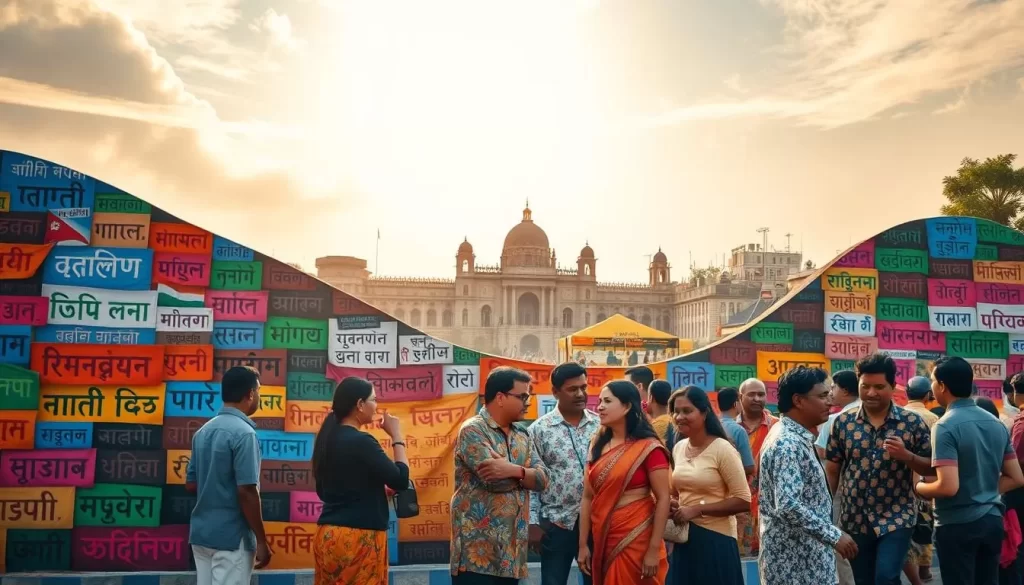
Understanding these linguistic minorities provides a more complete picture of West Bengal’s cultural diversity beyond its Bengali-speaking majority.
Preserving Linguistic Diversity in West Bengal
Preserving the linguistic diversity of West Bengal is a multifaceted challenge that involves government initiatives, educational systems, and community efforts. The state’s government has taken steps to promote linguistic inclusivity, such as recognizing Nepali as one of the six “second official” languages. You will see how schools in West Bengal approach multilingual education, using languages like Bengali, English, Hindi, and Urdu as mediums of instruction.
Efforts to preserve linguistic diversity include utilizing digital technology to document and teach minority languages. Cultural festivals, literature, and arts also serve as vital vehicles for language preservation. Community-based initiatives play a crucial role in documenting and teaching local languages to younger generations, ensuring the continuation of linguistic traditions.
The above is subject to change.
Check back often to TRAVEL.COM for the latest travel tips and deals.
